Spices are the secret weapon of every great chef and home cook. Among them, dried savory stands out as a unique and versatile herb that adds depth and complexity to a wide range of dishes. But what exactly is dried savory? If you're curious about this aromatic herb, you're in the right place. This article will dive into the basics of dried savory, how it's used, where to find it, and why it's worth adding to your spice collection.
Table of Contents
- What Is Dried Savory?
- How to Use Dried Savory
- The Benefits of Using Dried Savory
- A Complete Buying Guide for Dried Savory
- Practical Tips for Cooking with Dried Savory
- Frequently Asked Questions About Dried Savory
- Conclusion
What Is Dried Savory?
Dried savory is the preserved form of the Satureja hortensis plant, commonly known as summer savory. It belongs to the Lamiaceae family, which includes other popular herbs like oregano, thyme, and rosemary. The fresh leaves have a slightly peppery and lemony flavor, but when dried, they become more concentrated and aromatic.
The process of drying savory involves harvesting the leaves at their peak and then dehydrating them using methods like air-drying, sun-drying, or using a dehydrator. Once dried, the herb retains much of its original flavor and can be stored for several months without losing potency.
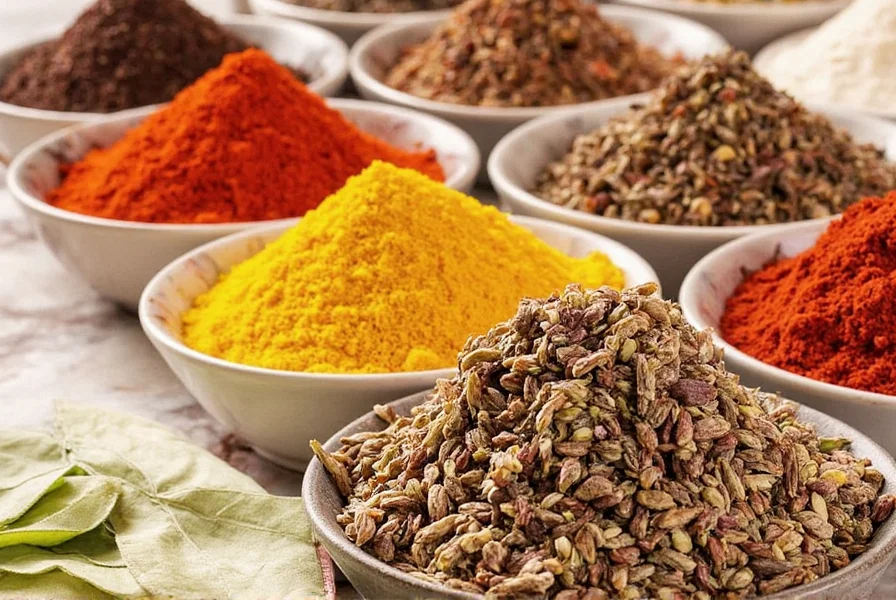
If you're wondering, what is dried savory? It's a fragrant, earthy herb that brings a subtle heat and brightness to dishes. Unlike some other spices that dominate a recipe, savory works well in combination with other ingredients, enhancing rather than overpowering.
How to Use Dried Savory
Dried savory is incredibly versatile and can be used in both traditional and modern recipes. Here are some common ways to use it:
- Cooking with Meat: Add dried savory to grilled or roasted meats like chicken, lamb, or pork. Its warm, slightly peppery notes pair beautifully with rich proteins.
- Vegetable Dishes: Sprinkle it over roasted vegetables or add it to vegetable stews and soups. It gives a nice herbal lift to root vegetables like potatoes and carrots.
- Herb Blends: Use it in mixtures like herbes de Provence or Italian seasoning. It adds depth and a unique flavor profile to these blends.
- Stuffed Vegetables: Try it in stuffed peppers, eggplants, or zucchinis. The herb complements the mildness of the vegetables and enhances the overall taste.
- Marinades: Mix it into marinades for fish or tofu to give them an extra layer of flavor.
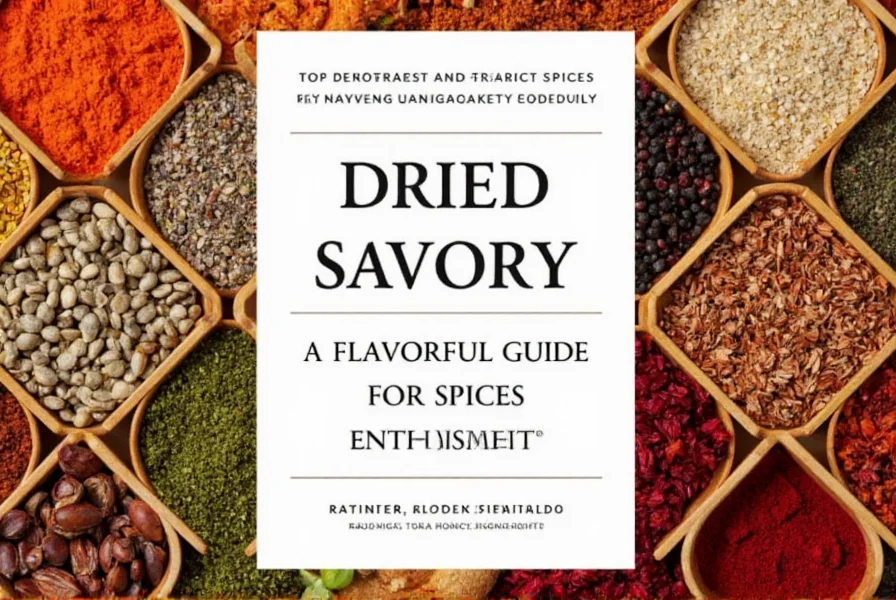
One of the best things about dried savory is its ability to blend well with other spices. It works particularly well with garlic, olive oil, and citrus zest. Whether you're cooking something simple or elaborate, dried savory is a great addition to your spice rack.
The Benefits of Using Dried Savory
Beyond its culinary uses, dried savory also offers some health benefits. It contains antioxidants and has been used in traditional medicine to aid digestion and soothe stomach discomfort.
| Herb | Flavor Profile | Best Uses |
|---|---|---|
| Dried Savory | Earthy, peppery, slightly citrusy | Meat dishes, vegetable sides, soups |
| Oregano | Pungent, robust, slightly bitter | Pizza, pasta, tomato-based sauces |
| Rosemary | Piney, woody, slightly lemony | Roasted meats, breads, herbal teas |
| Thyme | Mild, floral, slightly minty | Stews, braises, poultry |
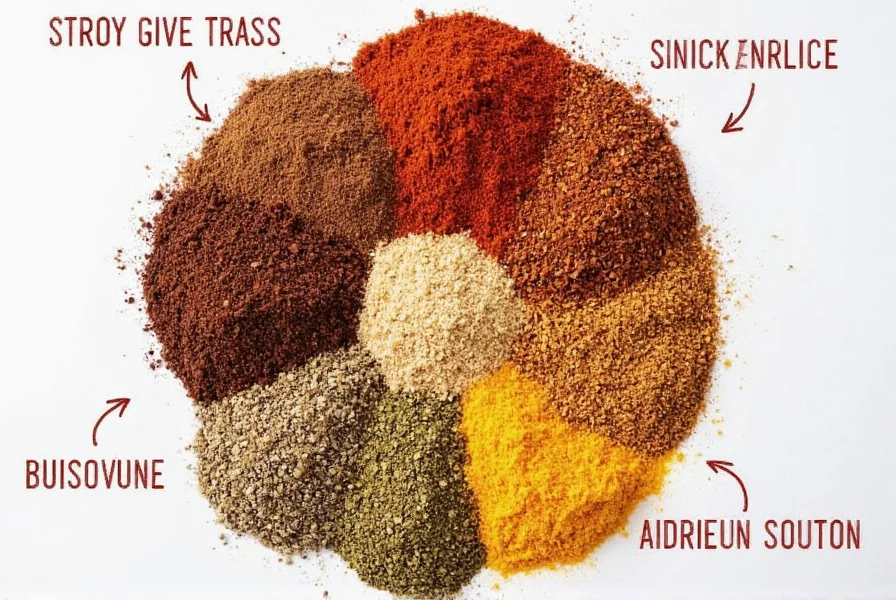
As you can see, each herb has its own unique characteristics, but dried savory stands out for its versatility and subtle yet powerful flavor.
A Complete Buying Guide for Dried Savory
If you're ready to try dried savory, here's a guide to help you choose the best product:
Key Features to Look For
- Freshness: Look for packages with clear expiration dates. Fresh dried herbs should have a strong, pleasant aroma.
- Color: High-quality dried savory should have a vibrant green color. Avoid products that look dull or browned.
- Texture: The leaves should be dry and not clumped together. A crumbly texture is a good sign.
- Source: Choose from reputable brands or local spice shops that specialize in high-quality herbs.
When purchasing, consider the following:
- Organic Options: If you prefer organic products, look for certified organic labels on the packaging.
- Ground vs. Whole Leaves: Ground dried savory is more convenient for quick use, while whole leaves retain more flavor and can be used in infusions or teas.
- Origin: Savory is native to Europe and the Mediterranean, so products from these regions may offer better quality and authenticity.
Recommended Products
Here are a few top-rated dried savory products that you might want to try:
1. Premium Dried Savory by Herb Haven
Features: Organic, small-batch drying, rich aroma, and vibrant color. Perfect for gourmet cooking.
Use Case: Ideal for those who want to elevate their dishes with a natural, high-quality herb.
Target Audience: Home chefs and food enthusiasts who value premium ingredients.
Suitable Occasions: Dinner parties, holiday meals, or everyday cooking.
2. Mediterranean Savory by Spice Market
Features: Sun-dried, no additives, affordable price point. Great for everyday use.
Use Case: Excellent for soups, stews, and meat dishes.
Target Audience: Budget-conscious cooks who still want quality.
Suitable Occasions: Weekly meals, family dinners, or casual gatherings.
3. Gourmet Savory Blend by Culinary Creations
Features: A mix of dried savory and other herbs, perfect for seasoning blends.
Use Case: Ideal for making homemade spice mixes like herbes de Provence or Italian seasoning.
Target Audience: Cooks who enjoy experimenting with custom spice combinations.
Suitable Occasions: Creative cooking projects, special events, or personal experimentation.
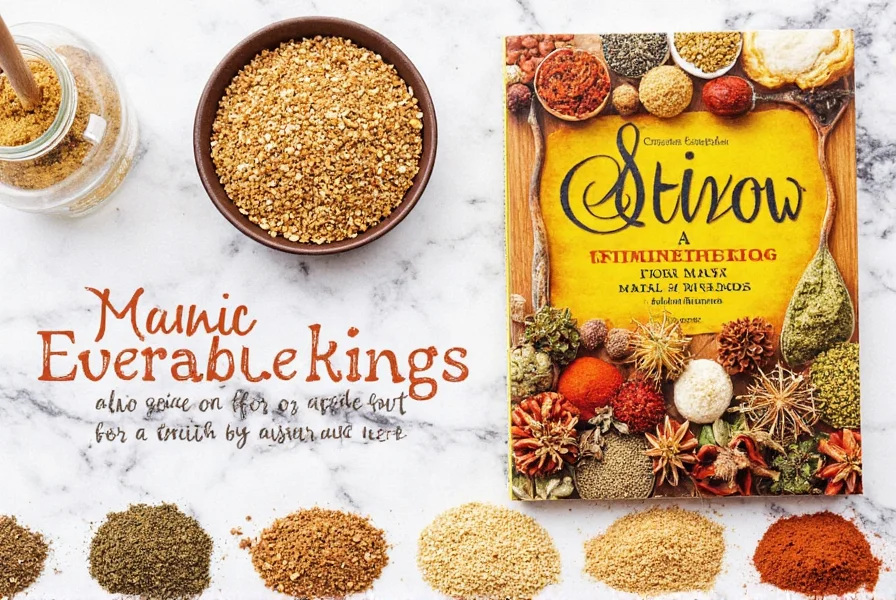
When choosing a product, consider your cooking style and how often you'll use it. Whether you're looking for convenience, quality, or variety, there's a dried savory option that fits your needs.
Practical Tips for Cooking with Dried Savory
Now that you know what dried savory is and how to use it, here are some practical tips to get the most out of this flavorful herb:
- Start Small: Dried savory is potent, so begin with a small amount and adjust to taste. A little goes a long way.
- Add Early: To let the flavor develop fully, add dried savory early in the cooking process, especially when making soups or stews.
- Pair with Citrus: The citrusy notes in dried savory work well with lemon or lime zest. Try adding a bit of zest to enhance the flavor.
- Store Properly: Keep dried savory in an airtight container away from light and moisture to maintain its potency and aroma.
- Experiment Freely: Don't be afraid to use it in unexpected ways. Try adding it to rice dishes, salads, or even cocktails for a unique twist.
Remember, what is dried savory? It's more than just a spice—it's a flavor enhancer that can transform your cooking. With a little practice, you'll learn how to use it to its full potential.
Frequently Asked Questions About Dried Savory
What is dried savory?
Dried savory is the preserved form of the Satureja hortensis plant, commonly known as summer savory. It's created by harvesting fresh savory leaves at their peak and dehydrating them through air-drying, sun-drying, or using a dehydrator. This process concentrates the herb's flavor while allowing it to be stored for months without losing potency.
What does dried savory taste like?
Dried savory has an earthy, peppery flavor with subtle citrus notes. When dried, the fresh leaves' slightly peppery and lemony flavor becomes more concentrated and aromatic. It provides a warm, herbal taste that enhances dishes without overpowering other ingredients.
How is dried savory different from fresh savory?
Dried savory has a more concentrated flavor than fresh savory, so you typically use less of it in recipes (about one-third the amount). The drying process intensifies the herbal, peppery notes while mellowing some of the fresh grassiness of the plant. Dried savory also has a much longer shelf life - several months when stored properly compared to just a week or two for fresh.
What can I use instead of dried savory?
If you don't have dried savory, good substitutes include a mix of thyme and rosemary, or a combination of thyme and marjoram. Herbes de Provence also contains savory along with other complementary herbs. For a single-herb substitute, thyme is the closest match in flavor profile, though it lacks savory's distinctive peppery note.
How should I store dried savory?
Store dried savory in an airtight container away from light, heat, and moisture. A dark cupboard is ideal. Properly stored, it will maintain good flavor for 1-2 years, though peak flavor is within the first 6-12 months. Avoid storing near the stove or in clear containers that expose it to light.
How much dried savory equals fresh savory?
The general rule is 1 teaspoon of dried savory equals 1 tablespoon of fresh savory. Because the drying process concentrates the flavor, you need less dried herb to achieve the same intensity as fresh. When substituting, start with less than you think you need and adjust to taste.
Is dried savory good for you?
Yes, dried savory offers several health benefits. It contains antioxidants and has been used in traditional medicine to aid digestion and soothe stomach discomfort. It also contains compounds with potential anti-inflammatory properties. While it's typically used in small quantities, it can contribute to the overall nutritional profile of your meals.
What dishes work best with dried savory?
Dried savory works exceptionally well in meat dishes (especially poultry, pork, and lamb), vegetable sides, soups, stews, and bean dishes. It's a traditional ingredient in dishes like baked beans, sauerkraut, and stuffing. It also pairs well with eggs, roasted vegetables, and in herb blends like herbes de Provence.
Conclusion
Dried savory is a fantastic addition to any kitchen. From its rich history to its diverse applications, this herb offers a unique flavor profile that complements many dishes. Whether you're an amateur enthusiast or a seasoned professional, understanding what dried savory is and how to use it can open up new possibilities in your cooking.
So next time you're looking to elevate a dish, reach for a pinch of dried savory. You'll be amazed at how much it can enhance your meals. And remember, what is dried savory? It's a delicious, versatile, and underappreciated herb that deserves a place in every spice cabinet.
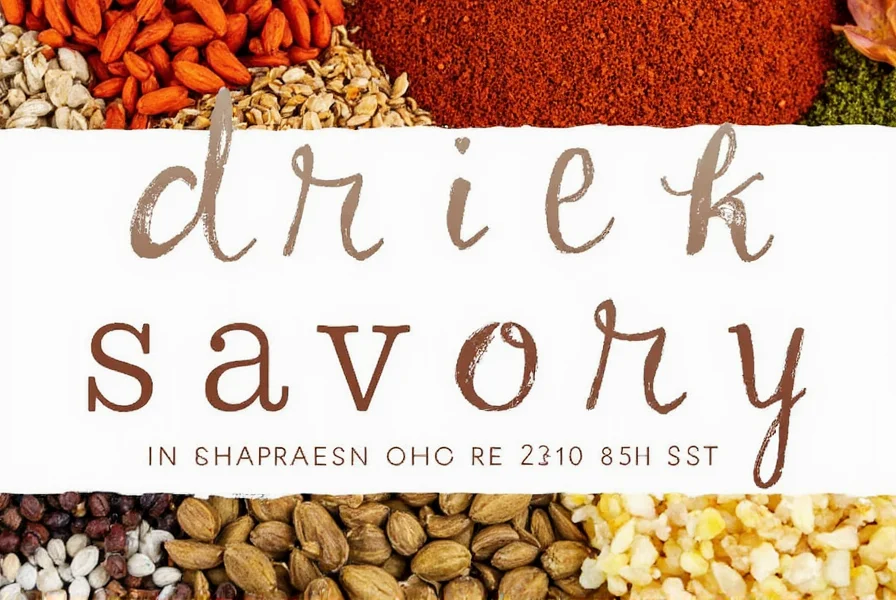

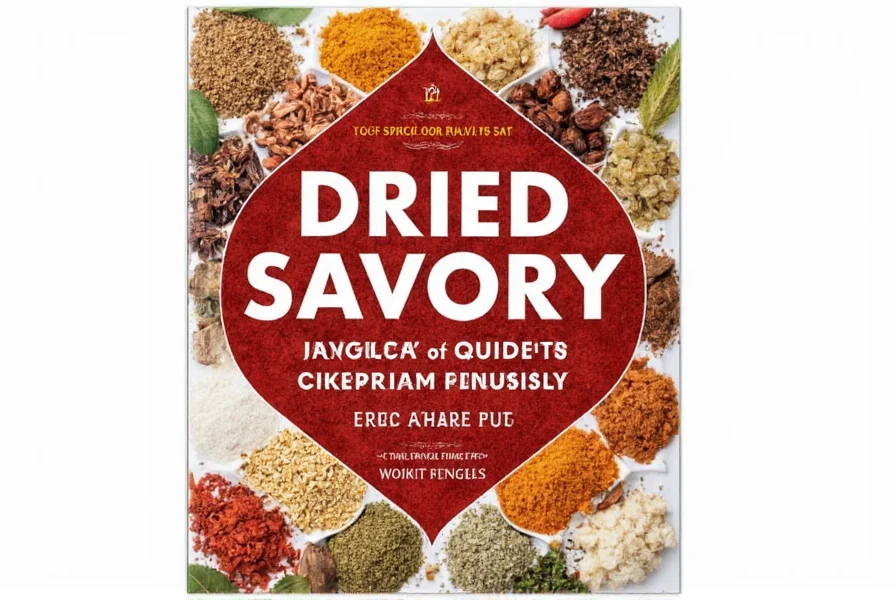









 浙公网安备
33010002000092号
浙公网安备
33010002000092号 浙B2-20120091-4
浙B2-20120091-4